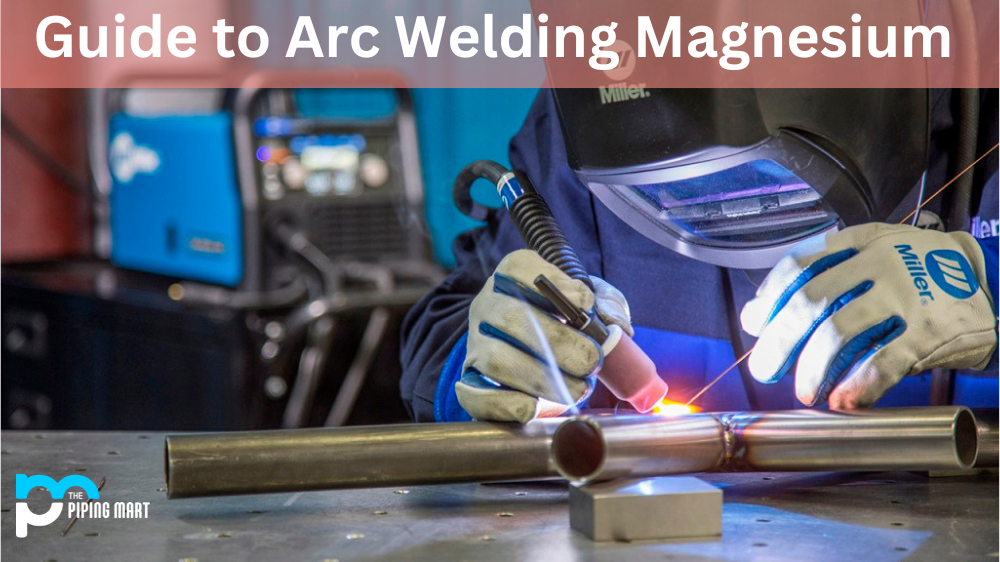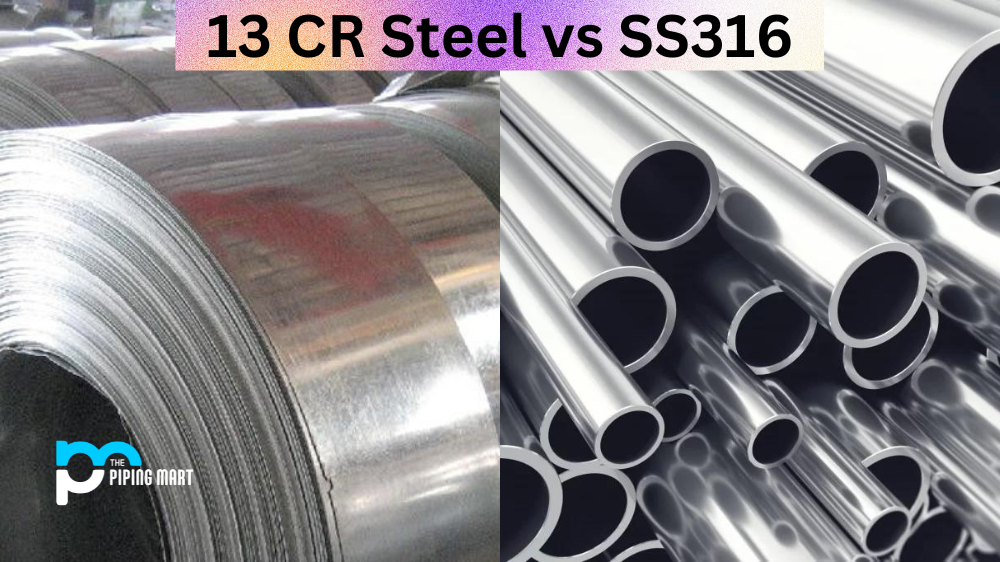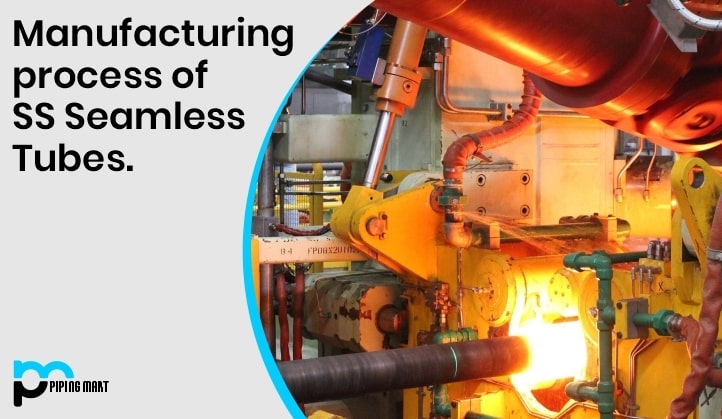Arc welding is the most common method of joining two pieces of metal together. It can be used on various metals, including magnesium, which is lightweight and easy to weld. If you’re new to arc welding, here’s a general guide for how to get started with arc welding magnesium.
Equipment Needed for Arc Welding Magnesium
You will need basic supplies for arc welding magnesium, including a welder, electrodes, fluxes, and other consumables. Make sure your welder can support AC/DC current before beginning. You will also need an earth clamp and a holder for the electrode. Additionally, depending on your project, it may be necessary to use shielding gas or fluxes to keep the molten area free from contamination by air or other elements.
Preparing the Work Area
When working with arc welders, it’s important to ensure that your work area is clean and organized. Ensure that there are no combustible materials nearby and adequate ventilation is available. The temperature should also be considered; extreme heat can cause serious problems when welding magnesium. Additionally, if any special safety gear is required (such as gloves or face shields), make sure that it is readily available before starting the job.
Arc Welding Magnesium
Once you have prepared your equipment and work area, you can begin the process of arc-welding magnesium! Start by connecting the power source to the electrode holder and earth clamp before turning on the welder and setting the appropriate current output level according to the manufacturer’s instructions. When ready, place one end of the electrode into contact with the material being welded while holding it at a 45-degree angle away from yourself and towards where you want the weld pool to form—this will help direct heat away from yourself and any bystanders during welding operations. As soon as contact has been made between the electrode and the material being welded, move it in circular motions to create an even distribution of heat around the joint until desired penetration depth has been reached (which should be determined before beginning). Once finished with one side of the common, move over to the other side before completing the entire operation by removing the electrode from the material being welded—this will prevent further damage due to overheating caused by prolonged contact between the electrode and material being welded.
Conclusion:
Arc welding magnesium can be tricky, but proper preparation beforehand becomes much easier! By following this beginner’s guide for getting started with arc welding magnesium, you should now have all the tools needed to complete whatever project lies ahead! However, remember safety first when working with any kind of machinery or dangerous materials, such as those found with arc welders – so take extra care when operating one! Good luck!

Abhishek is a seasoned blogger and industry expert, sharing his insights and knowledge on various topics. With his research, Abhishek offers valuable insights and tips for professionals and enthusiasts. Follow him for expert advice on the latest trends and developments in the metal industry.




